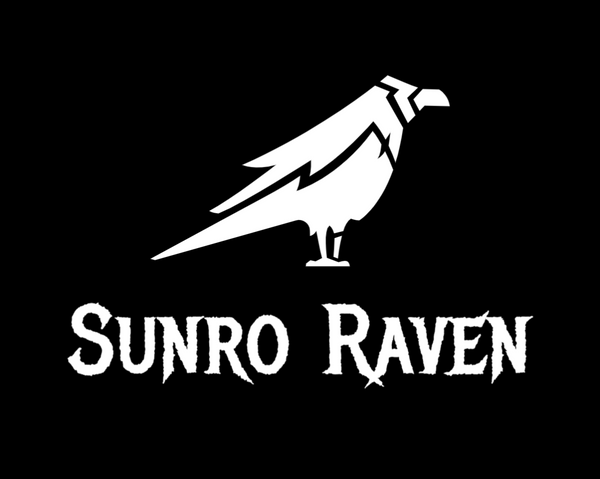Size Information
RING SIZING
- Cut a thin strip of paper, about 10-12cm long.
- Wrap the strip of paper tightly around your desired finger.
- Using a pen or pencil, mark the point where the paper overlaps itself.
- Lay the strip of paper on a flat surface and use a ruler to measure the distance from the end of the strip to the marking you made, in millimetres. This will give you a measurement of the circumference of your finger.
- Using the chart, convert your measurement into a standard US ring size.
Alternatively you can visit any jeweler and ask that they measure your fingers in US sizing.
Choose from the sheet below your correct ring size. (If you are between sizes, always size up)
| LENGTH (MM) | US SIZE | UK & AUS SIZE | EUR SIZE |
| 49.3 | 5 | J½ | 49.3 |
| 51.8 | 6 | L½ | 51.9 |
| 54.3 | 7 | N½ | 54.4 |
| 56.9 | 8 | P½ | 57 |
| 59.4 | 9 | R½ | 59.5 |
| 62.2 | 10 | T½ | 62.1 |
| 64.7 | 11 | V½ | 64.6 |
| 67.2 | 12 | X½ | 67.2 |
| 69.7 | 13 | Z1 | 69.7 |
| 72.3 | 14 | ||
| 74.8 | 15 | ||
| 77.3 | 16 |
GOOD TO KNOW.
ThumbRings that are less chunky and sit more flush to the thumb are best. The knuckle is the widest part, so bear this in mind when measuring. Once you’ve got the ring over the knuckle it’ll be secure.
Index Fingers
If you look at your hand, you will see and feel that the index finger tends to have a more flesh on the base of it. This means that any ring you order will fit rather snug. We often suggest increasing your ring size by +1 size which will allow you to bend your finger.
Middle and Ring Fingers
Watch out for the knuckle on the fingers, especially if the finger is narrow at the base. When choosing rings for these fingers, remember that if it comfortably slips over the knuckle, it will be far too big for the base and will more than likely swing around the finger.
Pinky Fingers
These fingers need extra attention because people tend to lose their rings off of these fingers all the time – especially when hands are cold or wet, or going in and out of pockets. The rule is to wear it as tight as comfortably possible and still be able to bend your finger – if it’s too tight, it’s better to loosen it than lose it.
TIPS FOR BEST RESULTS:
Allow enough room to accommodate your knuckle.
Bear in mind, different fingers on the same and the opposite hand may have different sizes. Therefore, measure the specific finger on which you are planning to wear the ring.
Don`t worry if it`s a bit loose/tight, silver is easy to resize and can be done by any silversmith.
BRACELET SIZING
All bracelet sizing on our website is listed as a measurement in centimeters. Follow the steps to determine your size.
- Wrap a piece of string around your wrist.
- Ensure that you have left enough slack that the bracelet can move freely around your wrist.
- Pinch the spot where the bracelet overlaps itself between two fingers, and remove the string from your wrist.
- Continue to pinch the string in this spot, and lay it on a flat surface. With your other hand, mark this spot on the string using a pen.
- In centimeters, measure from the end of the string to the marking you have made.
- Your size is the measurement in centimeters(i.e. a measurement of 21 cm means you should order a Size 21. If you are in between two sizes, it is always best to round up rather than down.
